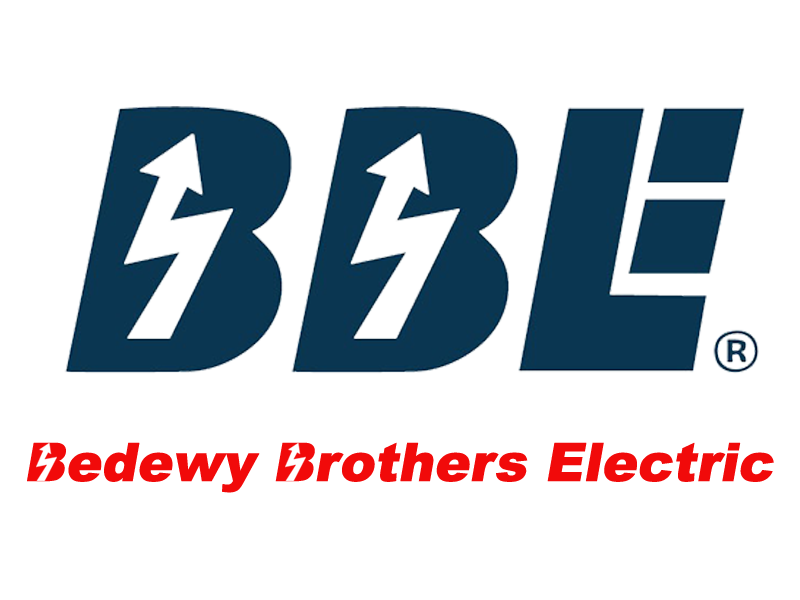التدوينات
SCADA System Grounding – 3 Factors You Really Must Consider
SCADA System Grounding – 3 Factors You Really Must Consider
electric resistance
The entire concept of lightning protection is to control and direct the lightning surge energy so it does the least amount of harm or damage. When it comes to grounding SCADA systems, there are a good many opinions on the matter, at least half of which have been influenced by apocryphal tales from the field. For a typical SCADA application, there are three main points to consider: (1) tower/mast height; (2) antenna type; (3) surge suppressor type.
The principal intention of providing a common ground is to minimize any difference in electric potential between the antenna, tower, transmission cable, communications equipment and terra firma (ground). The surge arrestor, which is intended to be installed at or very near the cable point-of-entry, is intended to reduce the potential harm to radio equipment for dc pulse electrical spikes (surges).
A cable ground kit, installed about midway between the top and the bottom of a transmission line, utilizes the guy wire paths to ground, but is usually only considered for use on cable runs in excess of 150 feet. (This is based on a calculation of distribution of current on a guyed tower using mesh current network analysis.)
In-line surge arrestor When considering options for lightning protection, keep in mind that lightning arrestors with dc continuity, such as simple gas tubes and ¼ wave shorted stubs, may not be the best choice, no matter how attractive the price may seem, since the gas tube arrestor would not turn on in time and the ¼ wave stub would ‘share’ surge current with the equipment.
The most effective type of lightning arrestor is “dc blocked”. That’s because there is no center conductor continuity from connector pin to pin. The internal coupling prevents the sharing of low-frequency surge current with the equipment. It also allows the dc blocked gas tube type ‘impulse suppressor’ to fire as the voltage reaches the turn-on threshold.
When a surge arrestor successfully protects an individual site from surge damage, the unit itself may be compromised, which is certainly better than having the radio equipment damaged. However, the link may very well not function thereafter, due to the nature of the protective device. This situation may require that the surge device be replaced…a small price to pay when compared to the cost of the radio itself.
DC ground antenna There are a number of yagi antennas that utilize a folded dipole design for the active element. With this design, the center conductor is essentially grounded to the antenna frame. If one checked resistance with an ohm meter across the shield and center conductor, it would read as a dead short. Of course, to a radio it looks like a 50 ohm load!
Electrically, it will shunt to ground. That attribute should be noted on the antenna data sheet, usually under the heading “lightning protection”, as DC ground. The path to ground is through the mounting structure, which, as a matter of course, should be electrically grounded.
Cable ground kit-do we need it? “We ground the mast and use a name brand lightning arrestor. Recently, the question of grounding the antenna cables has come up. Is that a practice that you recommend, and why or why not?”
Many system integrators have been asked this question, and as you can expect, few are undecided on the matter; they are often quite firm in their beliefs, one way or the other.
Only a few operators have elected to specify a cable grounding kit as part of the system ground. This typically involves cutting away a small portion of the jacket in order to fix a ground lug directly to the braid.
On towers that are less than 150 feet, this additional grounding technique adds only an incremental bit of transmission line ground. For most SCADA applications, the end result is not worth the additional time, equipment, and labour to install it.
Empirical evidence suggests that the majority of SCADA users, particularly in the Oil & Gas industry, find that using a surge arrestor at one end of the transmission line and installing a DC ground antenna at the other has proven to be quite sufficient and cost-effective.
Be sure to err on the side of caution when dealing with grounding issues. Surge suppressor manufacturers are a very good resource, especially when the site is not a simple installation.
Grounding of communications equipment can be quite complex and involved, particularly with high towers and/or multiple antenna systems.
For 98% of SCADA applications, the grounding methods outlined above are sufficient and safe.
